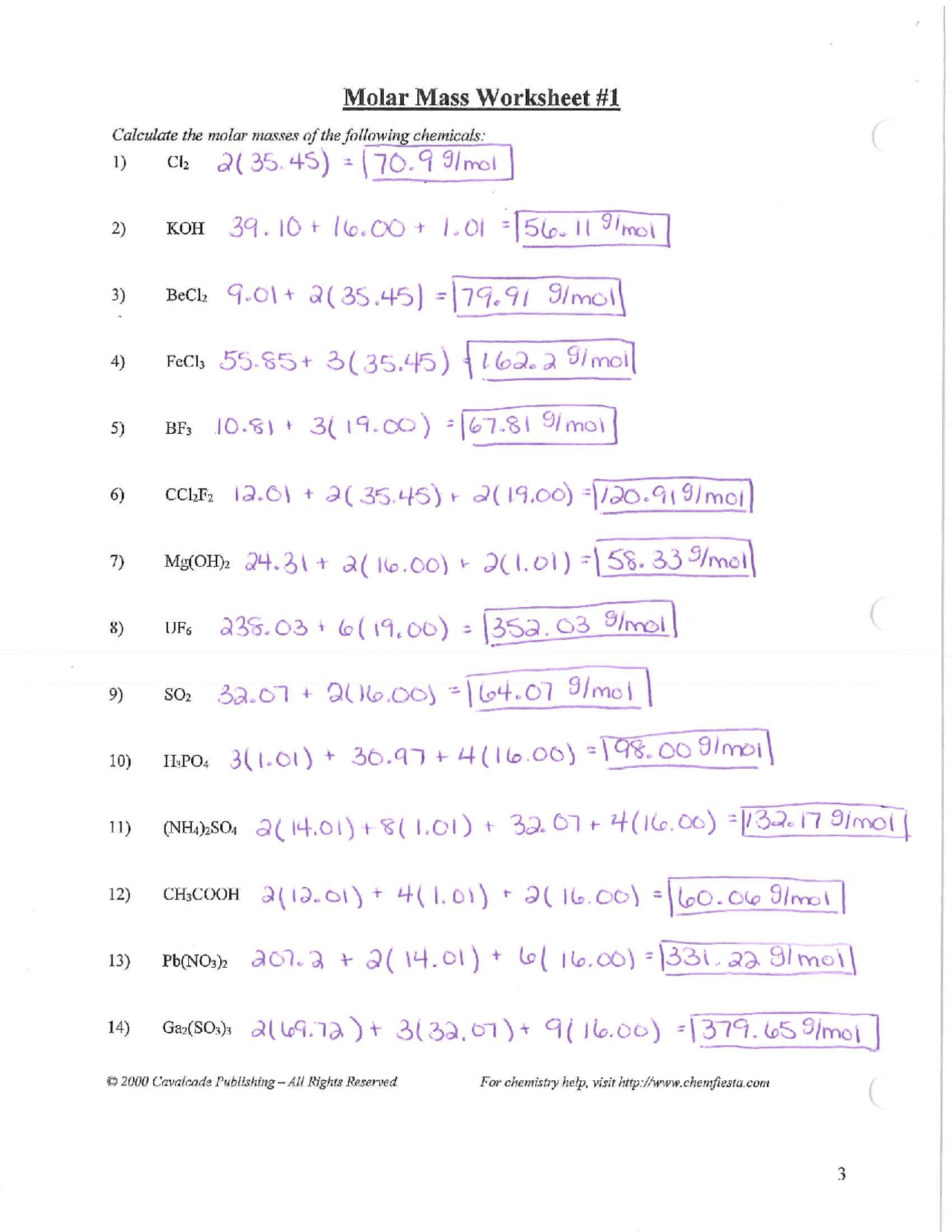Rectangular to Spherical Coordinates: Easy Conversion Guide

<!DOCTYPE html>
Converting from rectangular to spherical coordinates is a fundamental skill in mathematics and physics, especially when dealing with 3D space. Whether you’re a student, researcher, or professional, understanding this conversion can simplify complex problems. This guide breaks down the process into easy-to-follow steps, ensuring you can confidently switch between coordinate systems.
Understanding Rectangular and Spherical Coordinates

Before diving into the conversion, let’s clarify what rectangular coordinates (x, y, z) and spherical coordinates (ρ, θ, φ) represent. Rectangular coordinates describe a point in 3D space using perpendicular axes, while spherical coordinates use a radius (ρ), polar angle (θ), and azimuth angle (φ).
📌 Note: Ensure you understand the geometric meanings of ρ, θ, and φ to avoid confusion during conversion.
Step-by-Step Conversion Process

Step 1: Identify Rectangular Coordinates
Start with the rectangular coordinates (x, y, z) of the point you want to convert. These values are essential for calculating the spherical coordinates.
Step 2: Calculate the Radial Distance (ρ)
The radial distance ρ is the distance from the origin to the point. Use the formula:
ρ = √(x² + y² + z²)
Step 3: Determine the Polar Angle (θ)
The polar angle θ is the angle between the positive z-axis and the line segment from the origin to the point. Calculate it using:
θ = arccos(z / ρ)
Step 4: Find the Azimuth Angle (φ)
The azimuth angle φ is the angle between the positive x-axis and the projection of the point onto the xy-plane. Use the formula:
φ = arctan(y / x)
📌 Note: Be cautious with the arctan function when x = 0 to avoid division by zero.
Conversion Formulas Summary

| Coordinate | Formula |
|---|---|
| ρ | √(x² + y² + z²) |
| θ | arccos(z / ρ) |
| φ | arctan(y / x) |

Checklist for Successful Conversion

- Verify the rectangular coordinates (x, y, z) are correct.
- Calculate ρ using the formula √(x² + y² + z²).
- Determine θ with arccos(z / ρ), ensuring θ is in the range [0, π].
- Find φ using arctan(y / x), adjusting for the correct quadrant if necessary.
Mastering the conversion from rectangular to spherical coordinates opens up new possibilities in solving spatial problems. By following this guide, you’ll be able to seamlessly switch between coordinate systems, enhancing your mathematical and scientific capabilities. (coordinate systems,3D space,mathematical conversions)
What are spherical coordinates used for?
+Spherical coordinates are used in fields like physics, engineering, and graphics to describe points in 3D space, especially when dealing with spherical symmetry.
Can I convert back from spherical to rectangular coordinates?
+Yes, conversion from spherical to rectangular coordinates is possible using inverse formulas: x = ρ sin(θ) cos(φ), y = ρ sin(θ) sin(φ), z = ρ cos(θ).
Why is the azimuth angle φ sometimes adjusted?
+The azimuth angle φ is adjusted to ensure it falls within the correct quadrant based on the signs of x and y.



